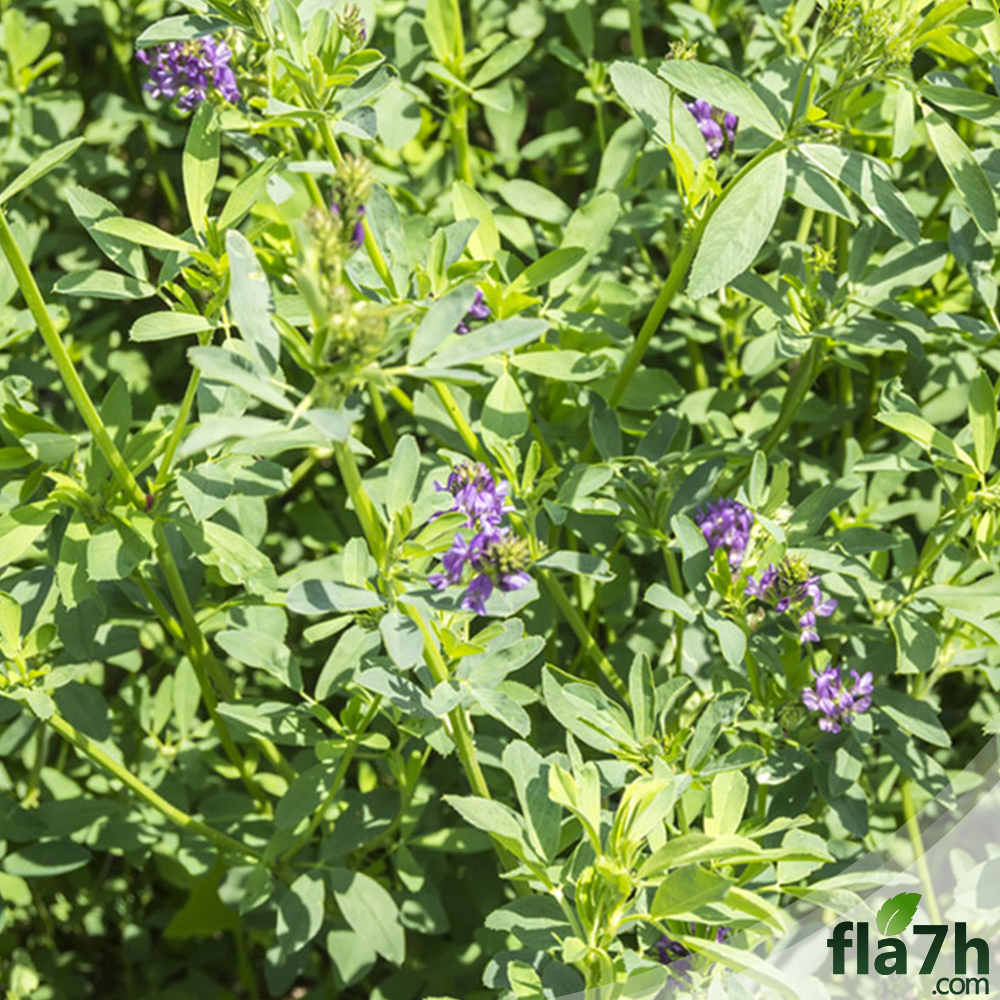 Egyptian Spinach, Corchorus olitorius, is becoming very popular as a summer vegetable in our part of the world. Molokhia/Molokheiya is a common name and many more names. It is believed that it has been first discovered in Egypt prior to Christ and was a staple food since time of the Pharaohs. It is believed that the Egyptian name molokheiya means 'vegetable for the king' according to Wikipedia, a sick Egyptian King, in the year 6000 BC, requested hot soup while unwell and after taking the hot soup every day his illness was cured. Cleopatra might also have enjoyed the similar soup. Egyptian Spinach and its many close relations grow throughout Africa as well as the Middle East, India and numerous parts of Asia. It will thrive in all subtropical and tropical regions across the globe.
Egyptian Spinach, Corchorus olitorius, is becoming very popular as a summer vegetable in our part of the world. Molokhia/Molokheiya is a common name and many more names. It is believed that it has been first discovered in Egypt prior to Christ and was a staple food since time of the Pharaohs. It is believed that the Egyptian name molokheiya means 'vegetable for the king' according to Wikipedia, a sick Egyptian King, in the year 6000 BC, requested hot soup while unwell and after taking the hot soup every day his illness was cured. Cleopatra might also have enjoyed the similar soup. Egyptian Spinach and its many close relations grow throughout Africa as well as the Middle East, India and numerous parts of Asia. It will thrive in all subtropical and tropical regions across the globe.It is cultivated as an annual. It grows to about a metre tall it produces tiny yellow flowers, produces edible seed pods as well as edible leaves that are easily harvested. It is extremely durable and grows rapidly. It is a relative to okra and grows in the same conditions as Okra. However, it doesn't need shade.
Large Egyptian spinach plant growing up lattice in green house
Are you thinking of growing one? It can be grown in any soil type and doesn't mind pH. It prefers soil with a fertile pH that is moist. It's even able to grow in pots. Prepare your soil the normal manner and then place the seed directly in the area where they'll grow the most optimal time for planting is between spring and autumn. Egyptian spinach seeds can develop faster if placed in warm, soapy water prior to planting. Isabel Shipard suggests soaking for up to 12 hours. When the plant is approximately 40cm in height, you can begin to pick leaves. The seeds that mature on the plant and drop to the ground will lay dormant in the soil until weather is suitable and can be used for next year's crop. Egyptian spinach is largely disease and pest free. Caterpillars and grazers share the leaves with you and during summer, they can be affected by red spider mites but overall not too problematical. BOGI Seeds is currently offering seeds.
The leaf is rich in minerals, vitamins, and protein. Younger leaves can be eaten raw in salads, on sandwiches and بذور برسيم the older leaves cooked or dried. Leaves can be used in similarly to spinach. In Egypt the leaves are cooked in a traditional soup that includes garlic, coriander and meat. In other places it is cooked into a stew made with rice, cassava, and بذور برسيم chicken meat. There are numerous recipes for this vegetable. The leaves can be dried and later ground into a tea. After the tea is ready, you can keep them in a container so that you can make the next stews or soups. In Japan it is sold in health food stores as a health tea. You can make use of young seed pods the same way as Okra.
The benefits of Egyptian spinach have been promoted from the time of the Pharaohs. As a tea , it is said to boost your immune system and is also said to be beneficial in treating anaemia, cancer, constipation as well as diabetes, cystitis fatigue excessive blood pressure high cholesterol, menopausal symptoms overweight, respiratory disorders as well as water retention. Tea made from leaves can aid in the child's birth and increase the production of milk by mothers. Also, it can be used as for washing eyes as well as cuts, rashes and abrasions.
Due to their strong, long stalks Many Corchorus genus members can be grown for Jute. Jute was used throughout many centuries to make coarse yarn. It was then used as rope or as a sacking fabric. This was best done with the largest and least branched stems. The stems were then soaked in vegetable matter for several days, allowing the fibres to turn brown. The fibres were easily removed, and later cleaned and dried. This fiber is also used for paper production in certain regions. Corchorus olitorius or Egyptian spinach is most effective as a leaf vegetable while the other related species are better used for the production of jute.
